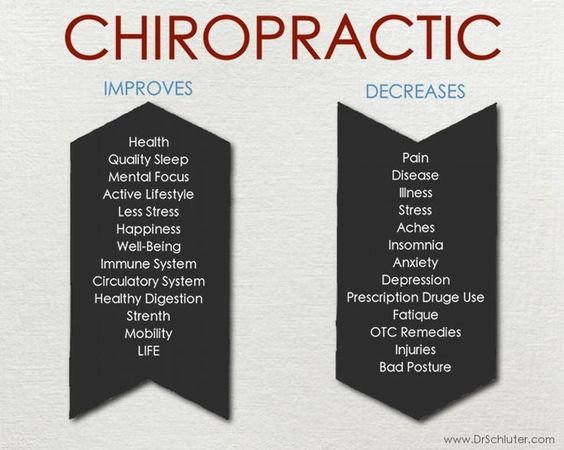The Top Daily Habits That Add To Back Pain And How To Avoid Them
The Top Daily Habits That Add To Back Pain And How To Avoid Them
Blog Article
Written By-Love Landry
Preserving appropriate posture and preventing common mistakes in everyday activities can considerably affect your back wellness. From just how you rest at your workdesk to how you raise heavy objects, little modifications can make a huge difference. Visualize a day without the nagging back pain that impedes your every step; the solution could be easier than you assume. By making a couple of tweaks to your day-to-day routines, you could be on your means to a pain-free existence.
Poor Pose and Sedentary Way Of Living
Poor position and a less active way of life are two major contributors to pain in the back. When you slouch or hunch over while resting or standing, you placed unneeded stress on your back muscle mass and back. This can result in muscle discrepancies, stress, and eventually, persistent neck and back pain. Furthermore, sitting for long periods without breaks or exercise can compromise your back muscle mass and lead to stiffness and pain.
To battle poor posture, make a conscious effort to sit and stand up right with your shoulders back and aligned with your ears. Remember to maintain your feet level on the ground and prevent crossing your legs for extensive durations.
Incorporating routine extending and enhancing workouts right into your everyday routine can also aid boost your pose and ease pain in the back related to a less active way of life.
Incorrect Training Techniques
Inappropriate training strategies can dramatically add to pain in the back and injuries. When you raise hefty things, bear in mind to flex your knees and utilize your legs to raise, rather than counting on your back muscular tissues. Stay clear of turning your body while training and maintain the item near your body to decrease strain on your back. It's essential to maintain a straight back and prevent rounding your shoulders while lifting to prevent unnecessary pressure on your spinal column.
Constantly evaluate the weight of the object prior to raising it. If it's too heavy, request for aid or use equipment like a dolly or cart to deliver it safely.
Bear in mind to take breaks throughout lifting jobs to offer your back muscles a possibility to relax and prevent overexertion. By carrying out correct lifting techniques, you can protect against neck and back pain and reduce the danger of injuries, ensuring your back stays healthy and balanced and strong for the long-term.
Lack of Routine Workout and Stretching
A less active lifestyle lacking routine workout and extending can substantially contribute to pain in the back and pain. When prenatal chiropractor near me don't participate in physical activity, your muscle mass become weak and stringent, resulting in poor stance and raised pressure on your back. Routine exercise assists strengthen the muscle mass that support your spinal column, boosting security and lowering the threat of pain in the back. Incorporating stretching functional medicine chiropractor with soft wave in austin texas into your routine can additionally improve versatility, avoiding tightness and discomfort in your back muscles.
To prevent back pain caused by an absence of exercise and extending, aim for at the very least 30 minutes of moderate exercise most days of the week. Consist of exercises that target your core muscular tissues, as a solid core can help minimize pressure on your back.
Furthermore, take breaks to extend and move throughout the day, especially if you have a desk job. Simple stretches like touching your toes or doing shoulder rolls can help soothe stress and stop neck and back pain. Focusing on regular exercise and extending can go a long way in maintaining a healthy and balanced back and decreasing pain.
Conclusion
So, bear in mind to stay up right, lift with your legs, and stay active to prevent pain in the back. By making basic adjustments to your daily routines, you can stay clear of the discomfort and restrictions that come with back pain. Look after your back and muscle mass by practicing excellent pose, correct training strategies, and regular exercise. Your back will certainly thank you for it!
